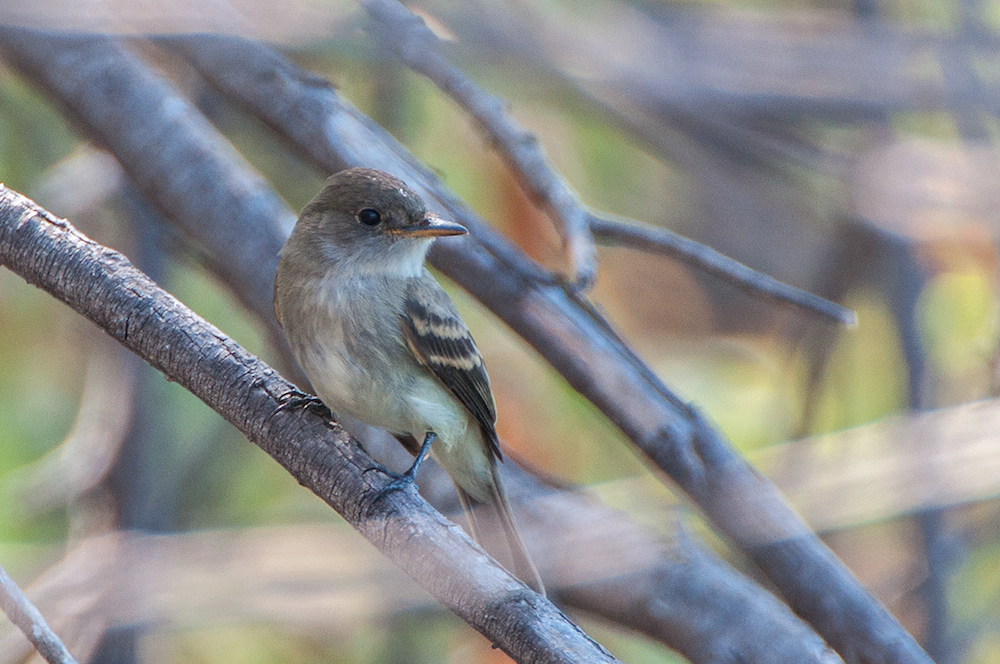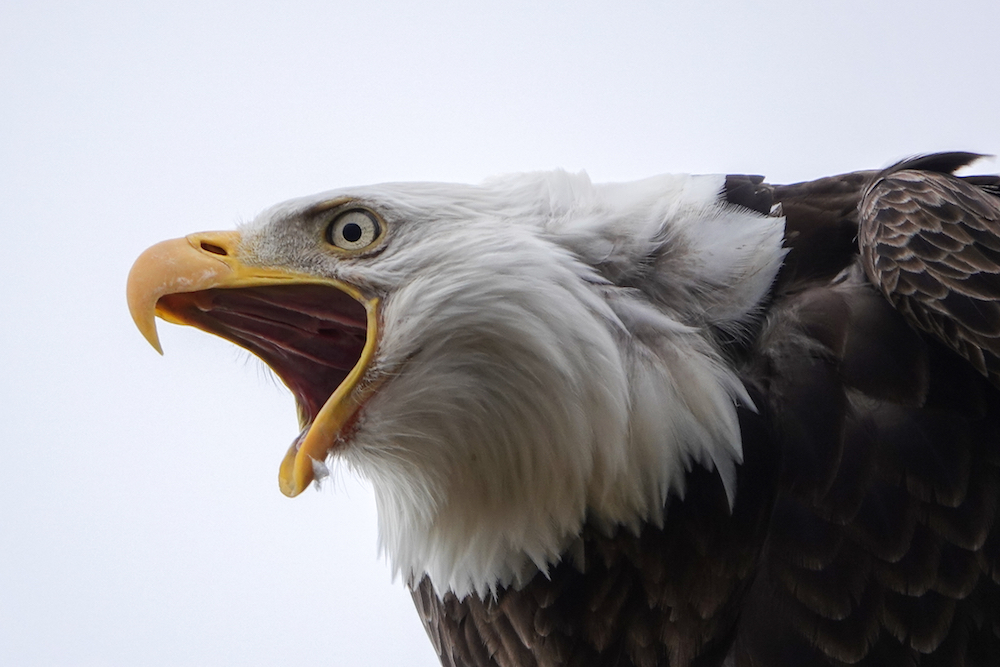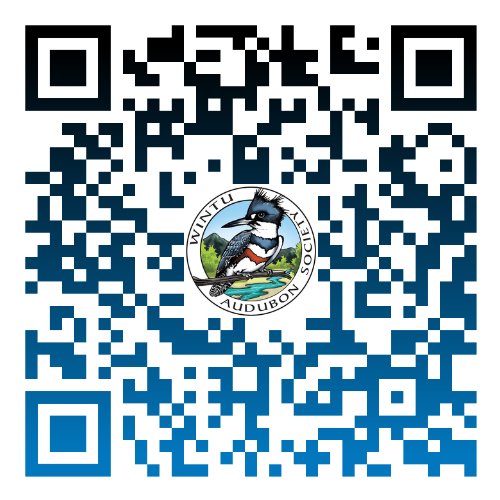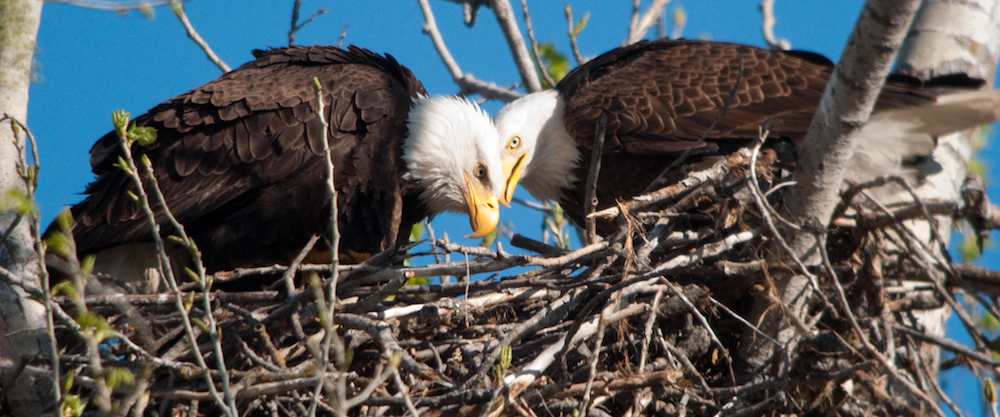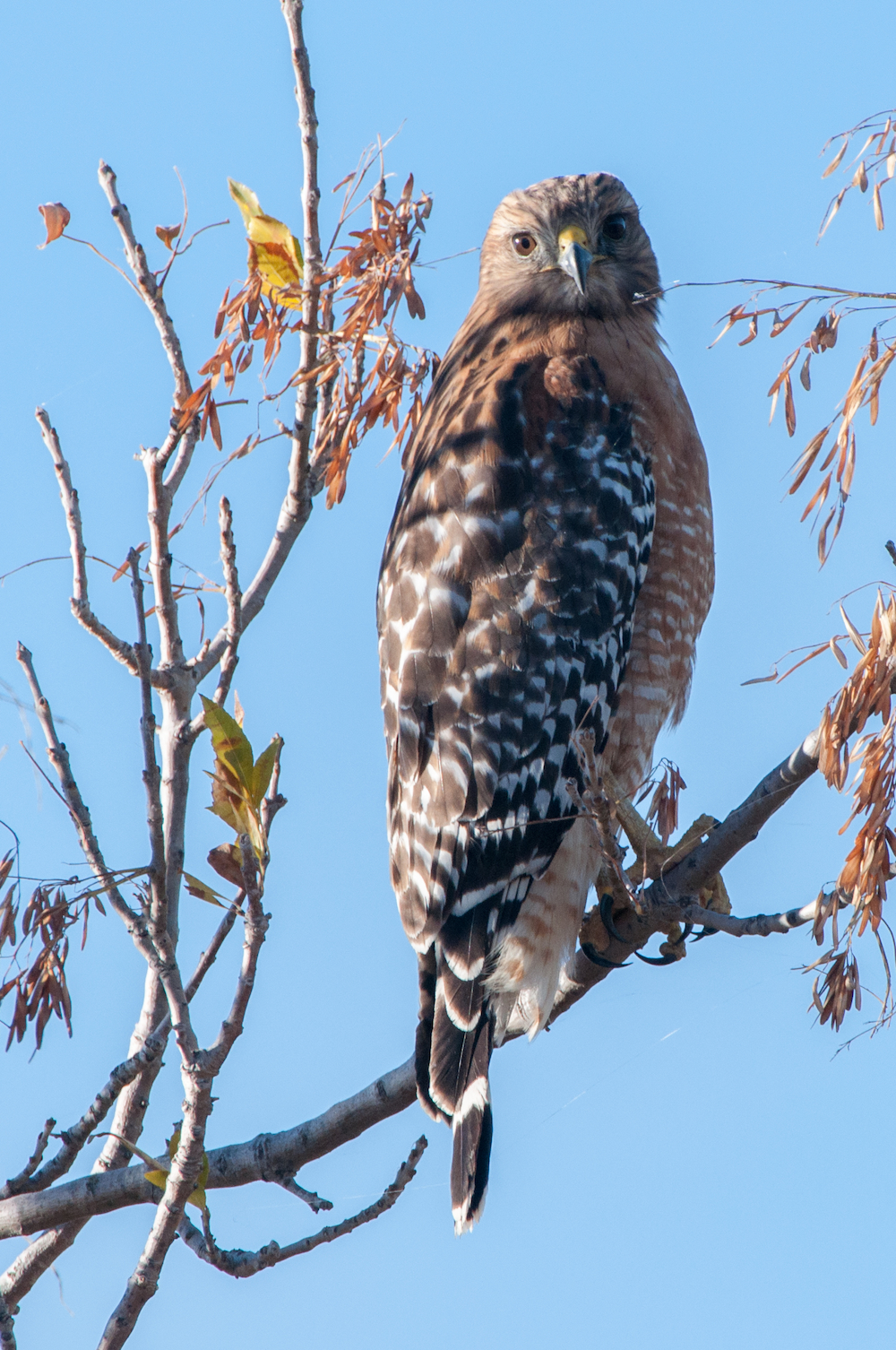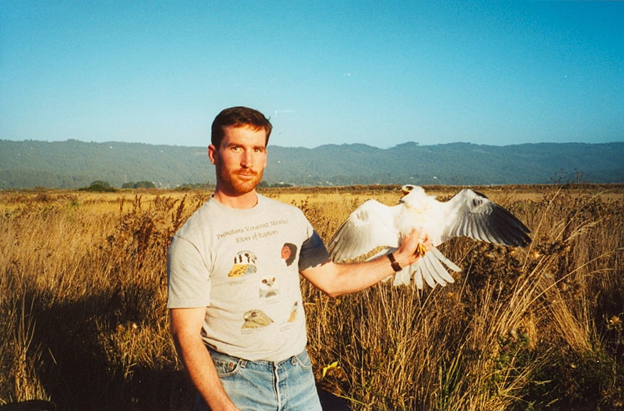
With practice and experience, one can quickly separate different groups of raptors based on flight style, gestalt and plumage characteristics. Learn some tips and tricks about raptor identification on the wing, raptors at a distance and some local raptor viewing spots to practice your skills.
Russ Namitz was born and raised in Lincoln City, Oregon. At age 9, he was captivated by the furtive Pacific Northwest denizen of dank woods, the Varied Thrush. With a few stepping stones along the way, Russ really began actively birding the summer after graduating from Pacific University in Forest Grove, OR. His first, of many seasonal biology field jobs to follow, was searching for nesting Northern Goshawks in the Okanogan NF in Washington. In 2002, Russ finally took an Ornithology class, coincidentally from Humboldt State University. He enjoyed a year of birding in the area, meeting local celebrities and rubbing elbows with the talented birders and riff raff (sometimes the same people) in the area. Russ is a pelagic bird guide for Oregon Pelagic Tours and currently holds the Oregon Big Year record of 381 species.
Join Zoom Meeting
Meeting ID: 822 5517 0040
Passcode: 896082
One tap mobile
+16699006833,,82255170040#,,,,*896082# US (San Jose)
+12532158782,,82255170040#,,,,*896082# US (Tacoma)
Dial by your location
+1 669 900 6833 US (San Jose)
+1 253 215 8782 US (Tacoma)
+1 346 248 7799 US (Houston)
+1 929 205 6099 US (New York)
+1 301 715 8592 US (Washington DC)
+1 312 626 6799 US (Chicago)
Meeting ID: 822 5517 0040
Passcode: 896082
Find your local number: https://us02web.zoom.us/u/kbknsDZRz8
